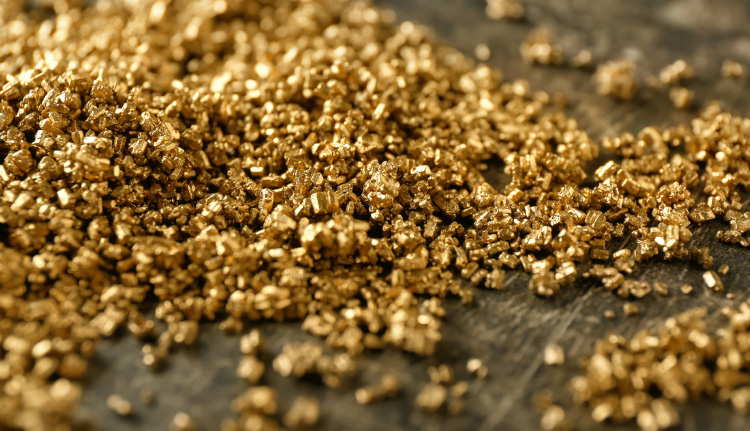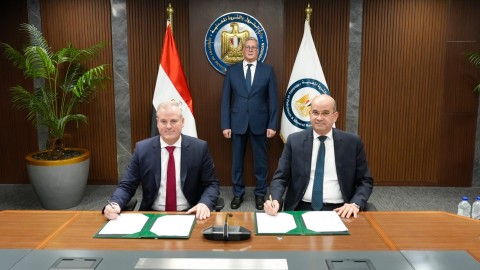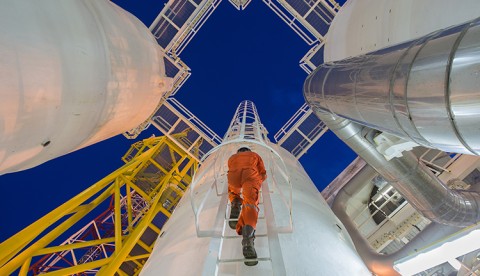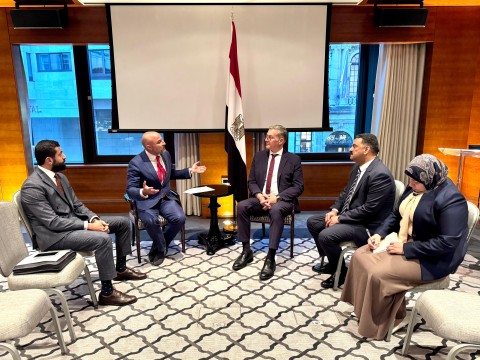The mining sector is one of the most vital industries which always seeks development. It usually faces some challenges for being risky, having an environmental impact, and costing a lot. However, digital technology came to the rescue to help miners meet the growing demand for minerals, improve efficiency, productivity, and quality as well as achieve sustainability goals. Let’s explore some of the latest technologies that reshape the mining sector and create new opportunities for growth and development.
Artificial Intelligence (AI)
AI has become an effective tool for enhancing the mining sector, especially in exploration and extraction activities. There are various approaches for AI applications in the mining sector. For instance, the autonomous vehicles/trucks technique is one efficient example of it. Autonomous trucks are run without drivers, and they can sense the environment and navigate through the mine without human intervention, according to Global Road Technology. These trucks ensure safe mining operation without hazards and reduce possible errors as it is equipped with software that can make a suitable decision. It also can increase production with low costs.
Another application for AI is Robotics, which can perform a wide range of mining operations as well as ore sampling, according to Mining Digital. Robotics have limitless potential, either autonomously or with minimal human intervention. They are used in drilling, blasting, loading, hauling, and unsafe environments. Mining technology defined several types of robots being used in the industry, such as Robotic excavators, Radar-guided navigation, Mining conveyors, Mining Inspection robots, and Tunnel safety devices.
Moreover, automated drones are also considered one of the beneficial AI applications in mining. They are unmanned aerial vehicles (UAVs) that do not need a human pilot. According to AngloAmerican, UAVs function similarly to a helicopter but at a lower cost. In addition, it can perform operational tasks and improve the industry by providing some services, including safety and surveillance in hazardous areas, asset management, time-lapse technology, site mapping, and infrastructure inspection.
Spatial Data Visualization
Spatial data represents a position on the surface of the earth through numerical values in a geographic coordinate system, an article released by Anglo American stated. So Spatial Data Visualization is the process of displaying these data graphically or interactively, such as maps, charts, graphs, or images. This technology makes the data clearer and more detailed, allowing miners to design new mines more efficiently and gain insights into the mine system at lower costs and lower impacts on the environment.
There are three approaches to Spatial Data Visualization. Three-dimensional (3D) Modelling is one of these approaches, which “creates a life-like impression with depth perception that allows the human brain to understand and relate to complex interrelated issues,” the article explained.
Additionally, Virtual Reality (VR) is another example of software that provides real-life data and includes the miners in a simulated working environment or a mine so that they can expect and anticipate what is to occur in real world/environment. The third approach is Augmented Reality (AR), which integrates digital visualization into the real-world. These technologies can effectively provide the miners with valuable insights, reduce costs and keep the miners safe.
Electrification
Electrification technology is being used in the industry, adapting to the global target to reduce CO2 emissions and dependency on fossil fuels. It would also increase the efficiency and safety measurements. According to an article by AZO Mining, electrification makes exploration and drilling easier as there is no need to use heavy engines and machinery that depend on diesel as well as diesel-powered vehicles. Additionally, electrification could be applied to the fleet of vehicles, mining gear, and haulage trucks, which facilitate the operation without the need to drill large tunnels. Hence, electrification saves costs and provides safer and cleaner working environments.
Internet of Things
IoT is the network of physical devices that can collect and transmit data over the internet. It can optimize mining operations by providing real-time information on various parameters such as equipment performance, ore quality, environmental conditions, and worker health. IoT can also enable predictive maintenance, which can reduce downtime and repair costs by detecting potential failures before they occur. Sensors and wearables are efficient applications for the IOT in mining.








